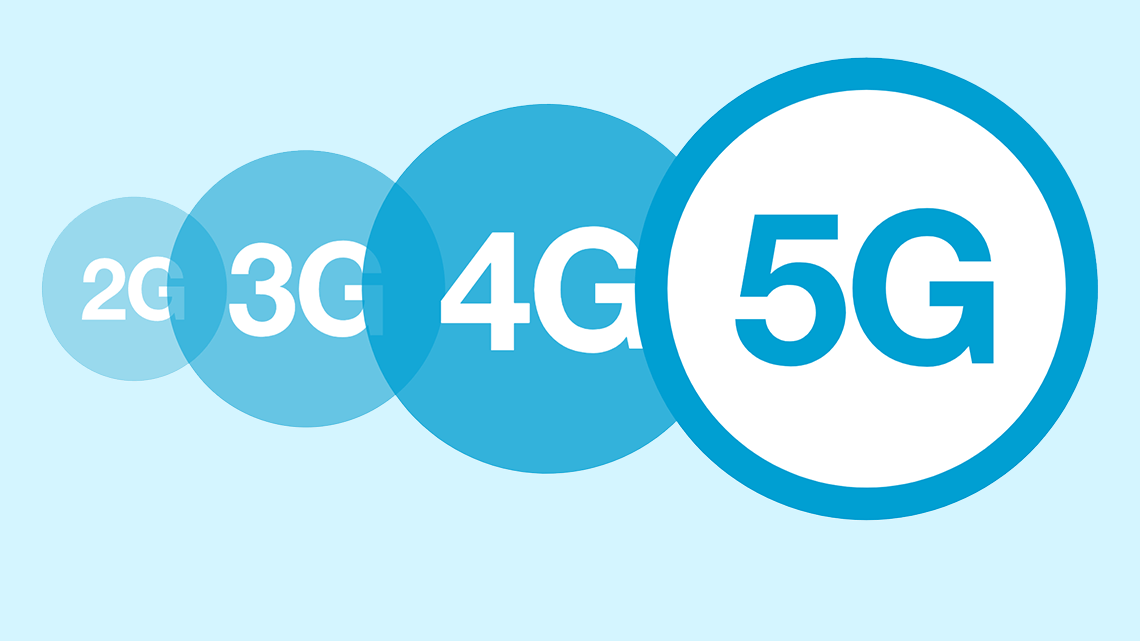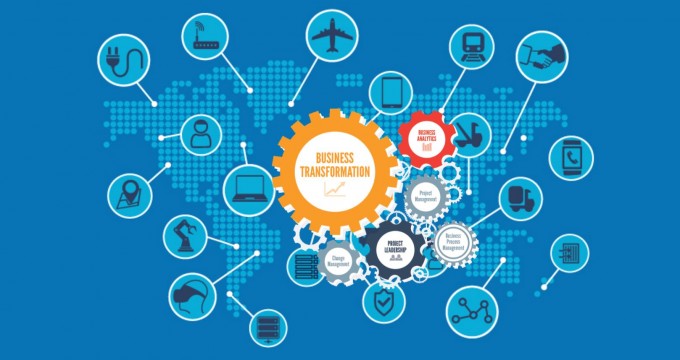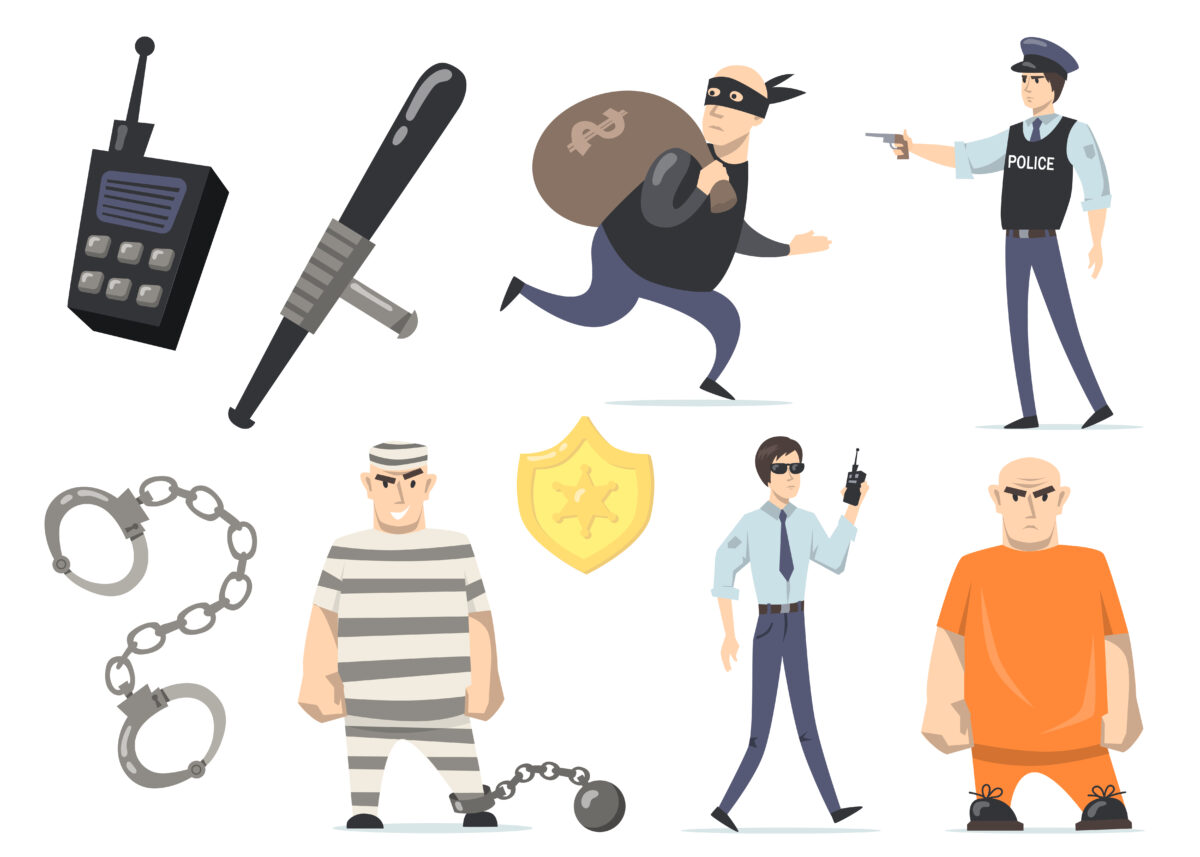Social media networks allow us to communicate with each other regularly, exchange information with our friends and followers and receive the latest news almost immediately. However, recently the abuse of social media is becoming worse: as more politicians use it to control public opinion and therefore creating a rising danger for democracy. Studies suggest that social media is the number one battleground for dirty politics, ranging from Russia, where a high number of highly active Twitter accounts are bots, to Taiwan, where a movement against the President included thousands of highly organized but not entirely automated accounts spreading Chinese mainland propaganda. We leave our digital footprints all over social media and the web with every swipe, like and follow. Furthermore, the technology that leverages our online habits combined with the influence of big data and artificial intelligence is a perfect opportunity for computational propaganda. Automated bots that make extremely fast calculations provide individuals with targeted misinformation and spread it across social media and their communities as mentioned earlier.
However, politics are not the only area affected by misleading information. The latest crisis of Covid-19 was also largely influenced by the dissemination of fake information. The false information generated tons of conspiracy theories that created a possible danger for society. For example, misleading information promoted fake goods and services, such as fake COVID-19 tests and vaccinations. Moreover, they promoted a false sense of security with inaccurate information about treatments and promoted distrust of official guidelines. These are only a few examples of the significant impact that fake news can have. But how can we avoid that danger in the future and break the fake news chain? Here are some suggestions from my side. If you have come across fake information, do not engage with them in any way. Instead of commenting which will just help make the post more popular try to report them if possible. Further, I would suggest to only trust reputable websites. The key is to be mindful and use your common sense in order to avoid getting tricked by misleading information.
What is your take on Fake news? Any suggestions on how to avoid them?
Sources:
https://www.forbes.com/sites/forbesbusinesscouncil/2020/08/03/the-dangerous-art-of-social-media-and-messaging-manipulation/#4ef9a3963f69
https://researchguides.austincc.edu/c.php?g=612891&p=4258046
https://www.theguardian.com/technology/2018/jan/19/twitter-admits-far-more-russian-bots-posted-on-election-than-it-had-disclosed




